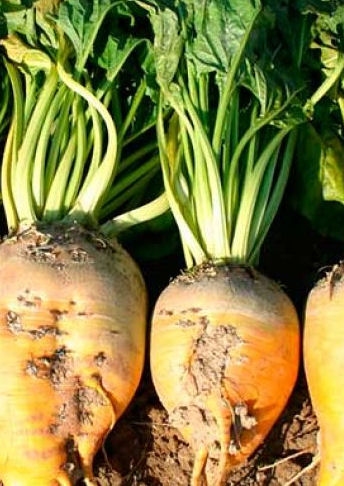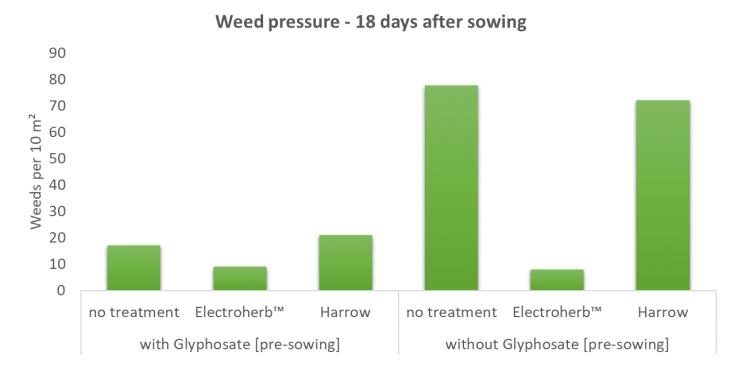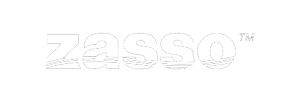Electroherb™ successful weed control in sugar beets

Effective weed management in sugar beet cultivation will become difficult in the future
due to the non-approval of proven herbicidal active agents. In order to guarantee effective
weed control in sugar beet, Zasso and AgXtend developed a new management
approaches for integrated crop protection.
In 2019, electrophysical weed control (Electroherb™) was tested for the first time in a pre-
emergence treatment scenario in mulch sowing cultivation of sugar beet. The
electrophysical weed control was compared with a mechanical method in a field trial with
triple repetitions. The individual plots were divided, half into pre-sowing applications with
and without glyphosate to control old weeds.
The area-treatment with the XPower™ was carried out with a power of 72 kW on a working width of 3 m and driving speeds of 3 and 5 km/h.
Fig. 1: Electroherb™ application for weed control in pre-emergence of sugar beet
growth.

Electroherb™ during the treatment of old weeds (mainly fallow rye).

Weed densities on 10 m² (averaged values (n=6), 09.04.2019), 18 days after sugar beet sowing. The following pre-emergence variants: untreated control, Electroherb™ and harrow are displayed, both with and without glyphosate application 25 days before sowing (25.02.2019).
Conclusion
The results of the 2019 field trials have shown that electrophysical weed control leads to
a strong reduction of weed density. In the plots without glyphosate application before
sowing, here Electroherb™ shows that also older weeds can also be controlled
effectively. In view of the low competitiveness in the cotyledon stage of sugar beet,
Electroherb™ treatments in pre-emergence has a positive effect on sugar beet youth
development.
Outlook
Based on the results of the 2019 trial year, experiments on electrophysical pre-
emergence treatment in sugar beets will be repeated in the 2020 trial year. In order to
establish the Electroherb™ for post-emergence weed control in sugar beet as well, a
between-row applicator will be used between the sugar beet rows for weed control for the
first time in 2020.
